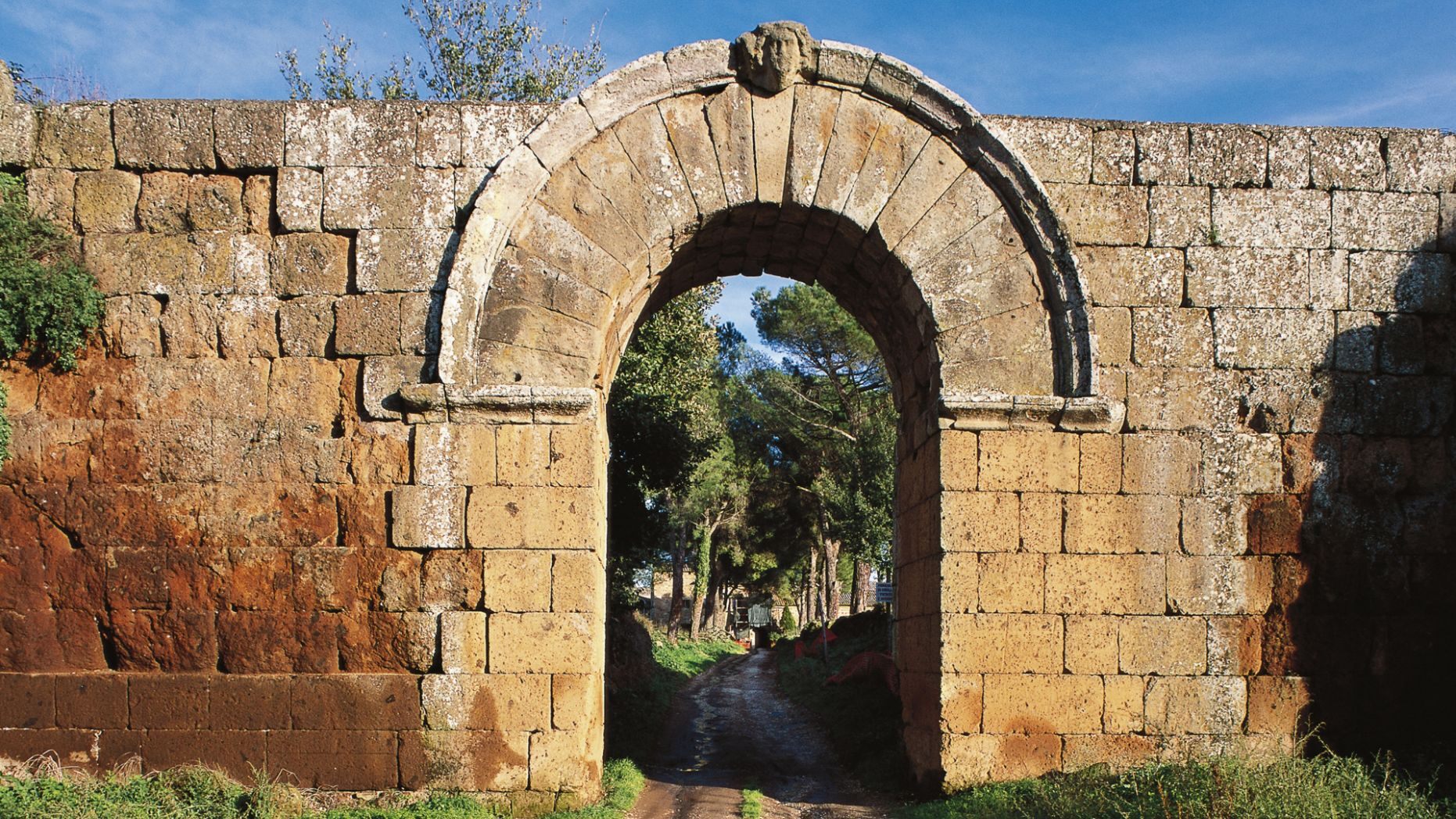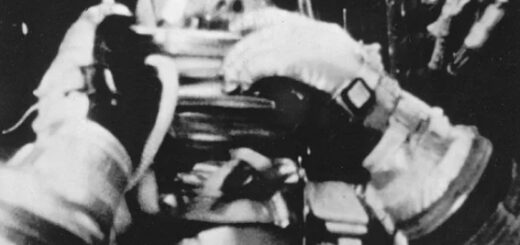Radar reveals entire ancient Roman city in stunning detail

Experts have revealed an entire ancient Roman city in Italy through Ground Penetrating Radar technology.
The ancient city of Falerii Novi, which is about 31 miles north of Rome, was mapped using advanced radar technology. By bouncing radio waves off underground objects, the experts gained fresh insight into what the city looked like.
Archaeologists from the University of Cambridge and Ghent University in Belgium, discovered a temple, a bath complex, a market and a public monument, according to a statement. The radar even revealed a complex of water pipes beneath the city.
SINKHOLE IN ROME REVEALS ANCIENT IMPERIAL PAVEMENT
Falerii Novi, they discovered, was just under half the size of the famous ancient city of Pompeii.
The study is published in the journal Antiquity. Experts say that the findings could have major implications for archaeological research.
“The astonishing level of detail which we have achieved at Falerii Novi, and the surprising features that GPR has revealed, suggest that this type of survey could transform the way archaeologists investigate urban sites, as total entities,” said University of Cambridge professor Martin Millett, one of the study’s authors, in the statement.
LOST ROMAN CITY THAT WAS HOME TO JESUS’ APOSTLES FOUND, SAY ARCHAEOLOGISTS
“We still have so much to learn about Roman urban life and this technology should open up unprecedented opportunities for decades to come,” he added.
Ground Penetrating Radar map of the newly discovered temple in the Roman city of Falerii Novi, Italy.
Ground Penetrating Radar map of the newly discovered temple in the Roman city of Falerii Novi, Italy. (L. Verdonck)
The Roman Empire continues to reveal its secrets. A sinkhole that recently appeared near the famous Pantheon in Rome, for example, revealed an ancient imperial pavement.
In 2017, in a separate project, archaeologists said that they had found a lost Roman city that was once home to Jesus’ apostles Peter, Andrew and Philip.
Archaeologists from the Kinneret Institute for Galilean Archaeology at Kinneret College, Israel and Nyack College in New York, completed excavations at el-Araj on the northern shore of the Sea of Galilee in Israel. El-Araj has long been considered a possible location of the ancient city of Julias, which was also known as Bethsaida.



 Creators of mankind
Creators of mankind Description of “Tall white aliens”
Description of “Tall white aliens” Where they came from?
Where they came from? About hostile civilizations
About hostile civilizations The war for the Earth
The war for the Earth “Tall white aliens” about eternal life
“Tall white aliens” about eternal life Video: “Nordic aliens”
Video: “Nordic aliens” Aliens
Aliens Alien encounters
Alien encounters The aliens base
The aliens base UFO
UFO Technology UFO
Technology UFO Underground civilization
Underground civilization Ancient alien artifacts
Ancient alien artifacts Military and UFO
Military and UFO Mysteries and hypotheses
Mysteries and hypotheses Scientific facts
Scientific facts


















